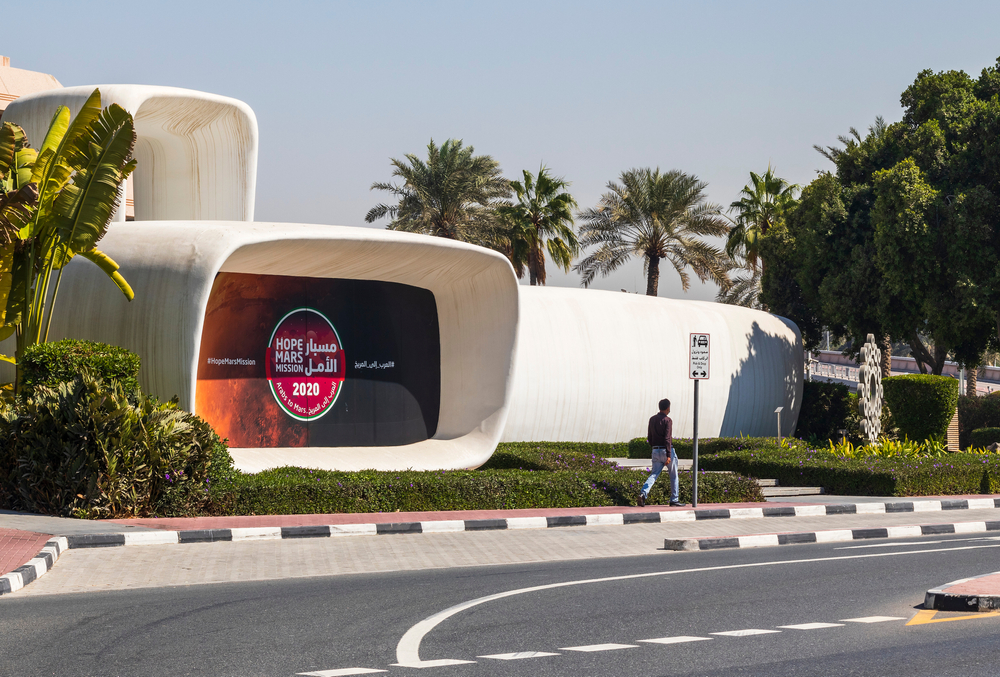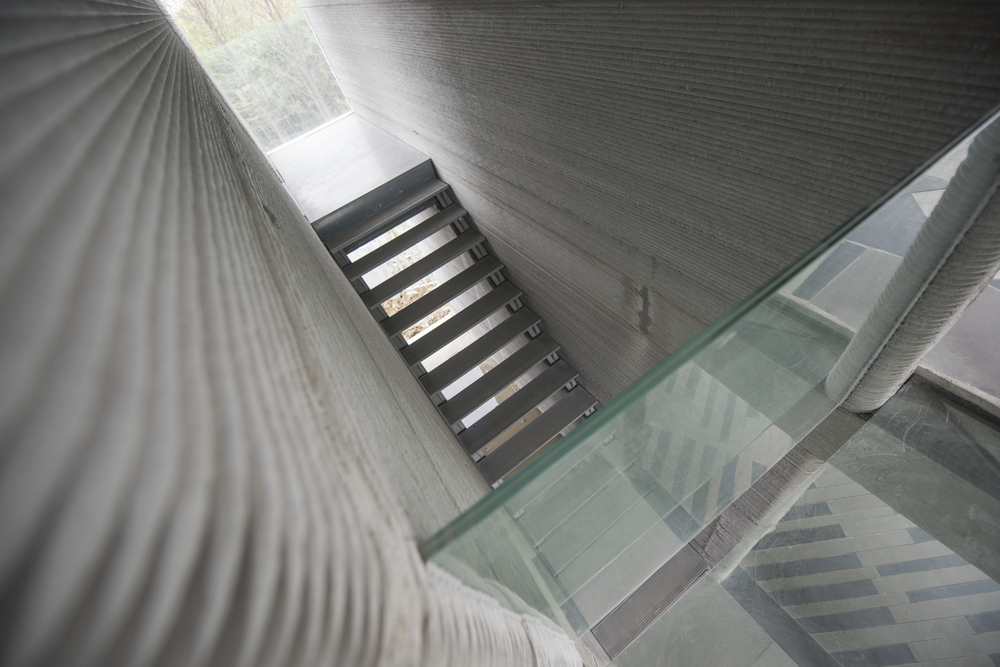The construction industry is one of the biggest industries in the world. It has a significant impact on the economy and the modern construction site is a hive of activity. But some of the construction processes have not changed in a while.
Construction is a very traditional industry and is not very innovative. The technology in the construction industry is also quite slow to change.
That is why we are seeing 3D printing being used in the construction industry. This blog will look at the different ways in which 3D printers are being used in construction.
MX3D’s 3D-printed pedestrian bridge
Technology-based startup MX3D has 3D-printed the bridge’s framework, which will span Oudezijds Achterburgwal in Amsterdam’s red light district. The four-meter-wide structure was “drawn” by robots utilizing layers of molten steel.
Prior to its construction, the bridge is undergoing complete load testing by primary structural engineer Arup and research from Imperial College London.
The bridge will be fitted with a sensor network that will allow partners to collect data that will be used to create a “digital twin.” This digital twin will be utilized to create a new design language for MX3D.
The first 3D-printed office in the world

In 2016, Dubai debuted the world’s first 3D-printed office. The 250 square meter office was printed and installed in 17 days by 18 employees. The building was constructed on the site of the Emirates Towers using a printer that extruded a mixture of cement and other materials created and manufactured in the UAE and the United States, layer by layer. Printing it cost approximately £95,000, following which interior and exterior design elements were added.
The house was constructed within twenty-four hours
Using a mobile printer, the building printing business Apis Cor constructed a 38 square meter, single-story home in Russia within 24 hours in 2015. Self-supporting walls, partitions, and the building envelope were all printed in less than 24 hours, with the machine time alone totaling 24 hours. After printing, a crane was used to remove the printer.
The company stated that the primary objective of the project was to demonstrate the adaptability of its technology and the variety of available forms and shapes. The house was constructed during the Russian winter, which added to the project’s difficulty because the concrete mixture used can only be used at temperatures above 5 degrees Celsius. However, Apis Cor hopes that the use of new materials such as geopolymer will allow construction at any time of year.
Talk to us to learn more about 3D Printing in construction or you want to explore the different types of metal buildings.

